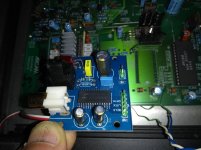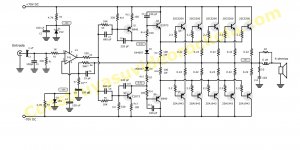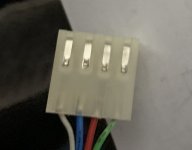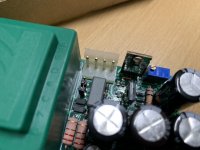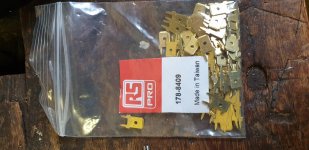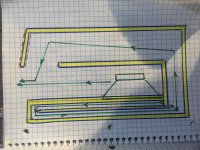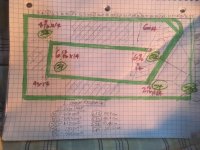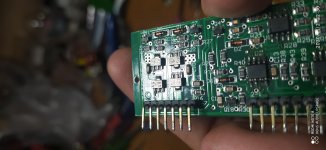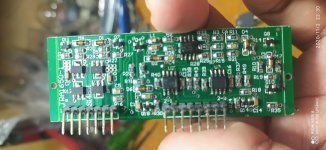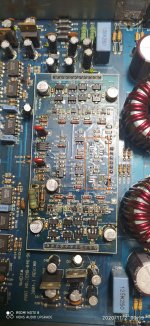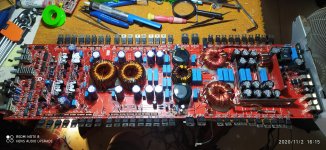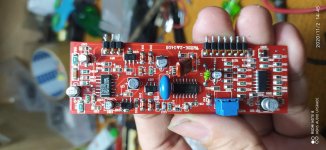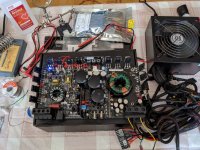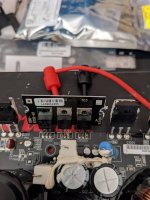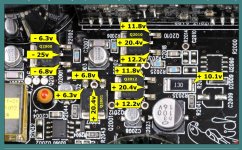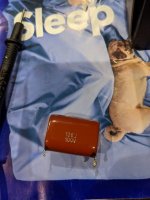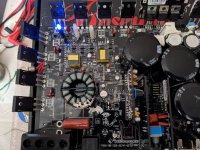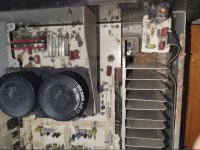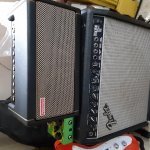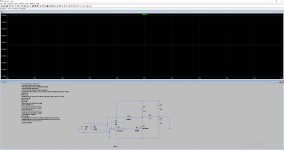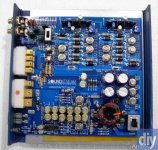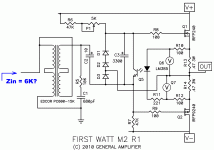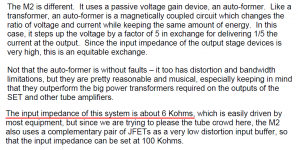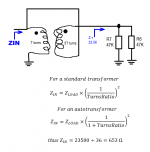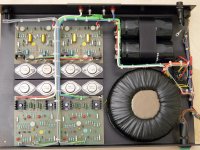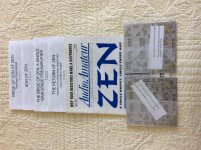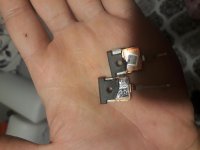How to apply separate pot for bass speaker driver
My speakers are bi-wire able.
Upper section consists 2 midrange drivers and tweeter.
Bottom section just bass driver.
I would like the bass driver to be more flexible in addition to whole speaker volume regulation from amplifier.
That means, while low level listening it can be fully engaged, when volume rises, I want to reduce its output to my liking. And I would like to do it on the way from speakers terminals of amplifier to the speaker post.
The best one volume pot for both right and left speakers. Is that possible?
Thank you
Upper section consists 2 midrange drivers and tweeter.
Bottom section just bass driver.
I would like the bass driver to be more flexible in addition to whole speaker volume regulation from amplifier.
That means, while low level listening it can be fully engaged, when volume rises, I want to reduce its output to my liking. And I would like to do it on the way from speakers terminals of amplifier to the speaker post.
The best one volume pot for both right and left speakers. Is that possible?
Thank you













